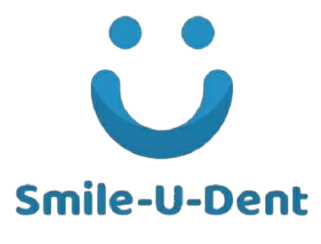DENTAL CROWNS / CAPPING
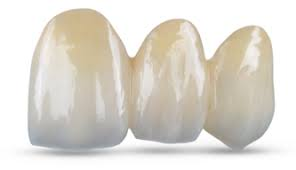
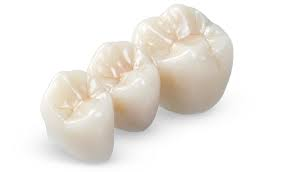
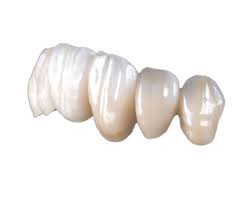
A dental crown is a tooth-shaped cap placed over a
damaged or decayed tooth to restore its size, shape, strength, and appearance.
Crowns are commonly used in restorative dentistry and are a versatile solution
for various dental issues. Here's more information about dental crowns:
Purpose of Dental Crowns:
- Restore
Function: Crowns are used to restore a tooth that is severely damaged
or weakened due to decay, wear, or injury.
Cosmetic
Improvements: Crowns can improve the appearance of misshapen or
discolored teeth.Protection:
Crowns protect a weak tooth from breaking or holding together parts of a
cracked tooth.Support
for Fillings: Crowns are placed over large fillings when there isn't
enough tooth left to support a traditional filling.Dental
Implants: After a dental implant procedure, a crown is placed on top
of the implant to resemble a natural tooth.
Types of Dental Crowns:
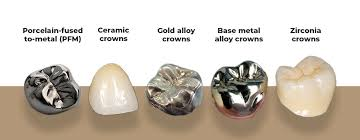


- Metal
Crowns: Made from gold or another metal alloy. They are durable and
long-lasting but are not ideal for visible teeth due to their appearance.
Porcelain-Fused-to-Metal
Crowns: These offer a more natural look because the porcelain can be
colored to match the tooth, though the metal underneath can sometimes show
through.All-Porcelain
or All-Ceramic Crowns: These provide the most natural look and are
commonly used for front teeth because they resemble the natural tooth
color and texture.Zirconia
Crowns: A strong and durable type of crown made from zirconium, a type
of ceramic, offering a natural appearance with high durability.Resin
Crowns: Made from composite resin, they are generally less expensive
but wear out more quickly than other materials.Crown Procedure:
Preparation:
The damaged tooth is shaped by removing part of the tooth structure to
make room for the crown.Impressions:
After shaping, an impression of the tooth and surrounding area is taken.
This can be done using traditional molds or digital scans.Temporary
Crown: While the permanent crown is being made (typically in a dental
lab), a temporary crown is placed to protect the prepared tooth.Fitting
the Permanent Crown: Once the permanent crown is ready, it is checked
for fit, color, and comfort before being cemented into place.
Care for Dental Crowns:
Maintain
good oral hygiene by brushing and flossing regularly.Avoid
biting hard objects (e.g., ice, hard candies) to prevent damage to the
crown.Visit
the dentist regularly for check-ups.
Crowns can last for many years, often between 10 to 15 years
or longer, depending on the material used and how well they are maintained.
